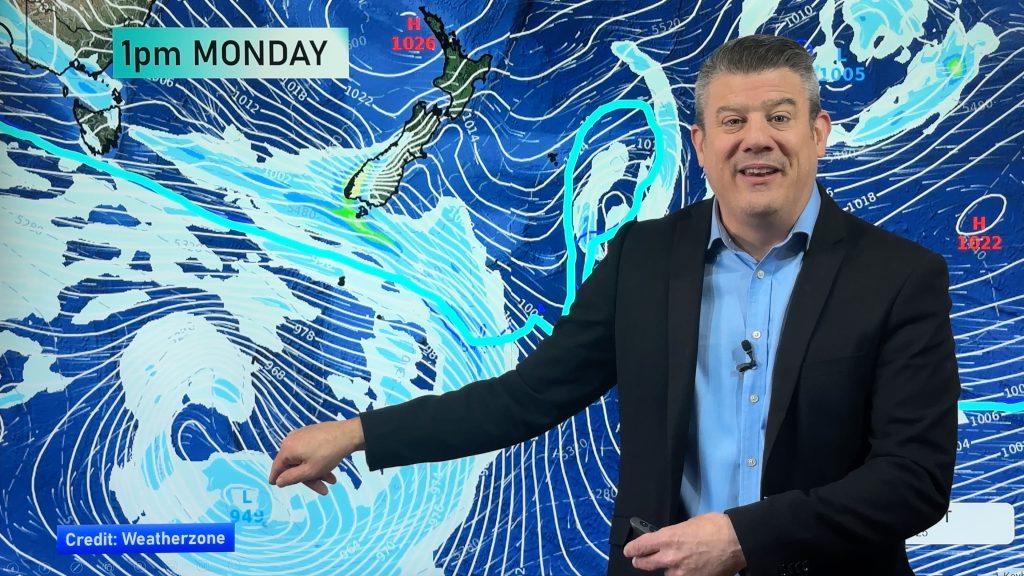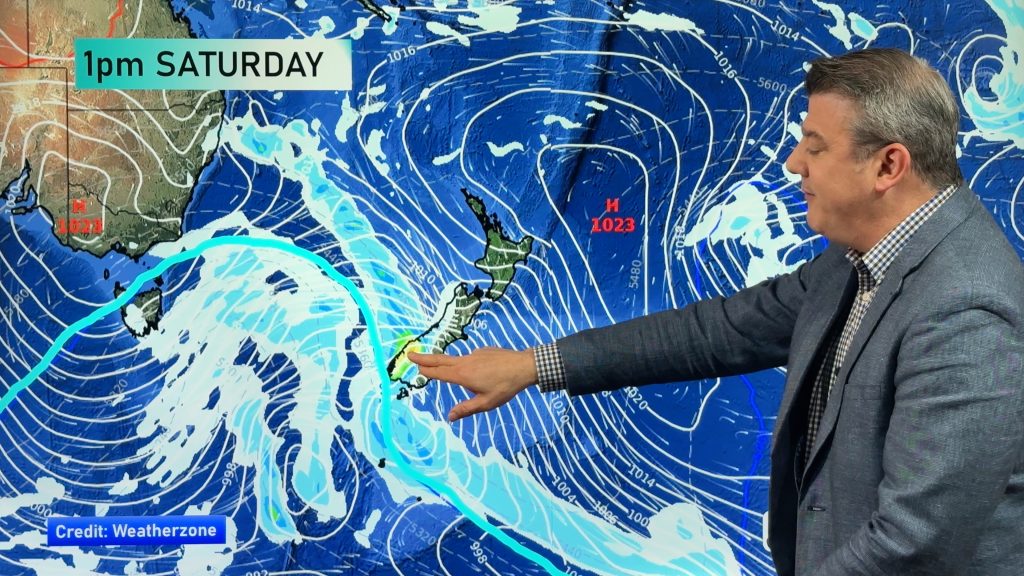
> From the WeatherWatch archives
Typhoon Neoguri bore down on the Japanese mainland after slamming into the southern Okinawa island chain, with three people killed as powerful winds and torrential rains battered the country.
Packing gusts of up to 144 kilometres per hour, the typhoon could hit the southern main island of Kyushu on Thursday before moving east along the Japanese archipelago, the national weather agency said.
Officials said Neoguri would bring torrential rain and warned of the risk of flooding and landslides, after the storm, which has weakened from a super typhoon, forced local authorities to advise half a million people to seek shelter in Okinawa on Tuesday.
By last night, the typhoon was churning in the East China Sea headed toward southern Japan, as round-the-clock television footage pinpointed its latest location and helmet-clad reporters surveyed the damage left by the powerful storm.
Areas outside the typhoon’s immediate path were also lashed with heavy rain, with a landslide in Nagano prefecture on Honshu swallowing a house and killing a 12-year-old boy who was inside, according to major media including national broadcaster NHK.
On Tuesday the storm claimed the life of a 62-year-old man knocked off his boat in rough waters, according to the coastguard and local police, while NHK said an 81-year-old fisherman died in southwestern Kumamoto prefecture.
Dozens were injured across Okinawa, where in the capital Naha, traffic lights went out and television footage showed split trees, flying signboards and a destroyed restaurant, with the shattered building blocking a street.
The weather agency warned that as much as 300 millimetres of rain could fall on Kyushu in just 24 hours to noon, local time, today.
Kyushu, situated next to the biggest island of Honshu where major cities including Tokyo and Osaka are located, was already experiencing heavy rain and strong winds.
Residents in remote villages and larger communities across the island, where the largest city Fukuoka has a population of more than one million, were being urged to seek shelter before nightfall.
In Okinawa, the weather agency’s chief forecaster Satoshi Ebihara said the situation remained serious even as the typhoon moved out to sea, with the agency issuing a fresh rainfall alert.
– NZ Herald/AFP
Comments
Before you add a new comment, take note this story was published on 9 Jul 2014.





Add new comment